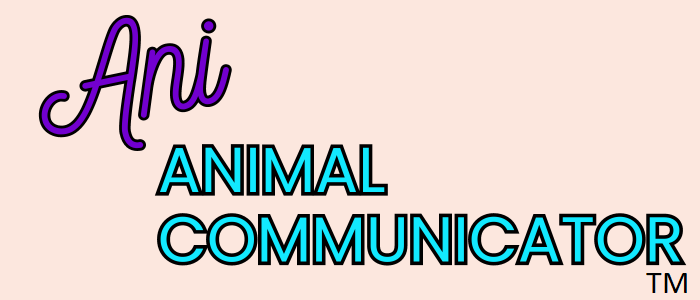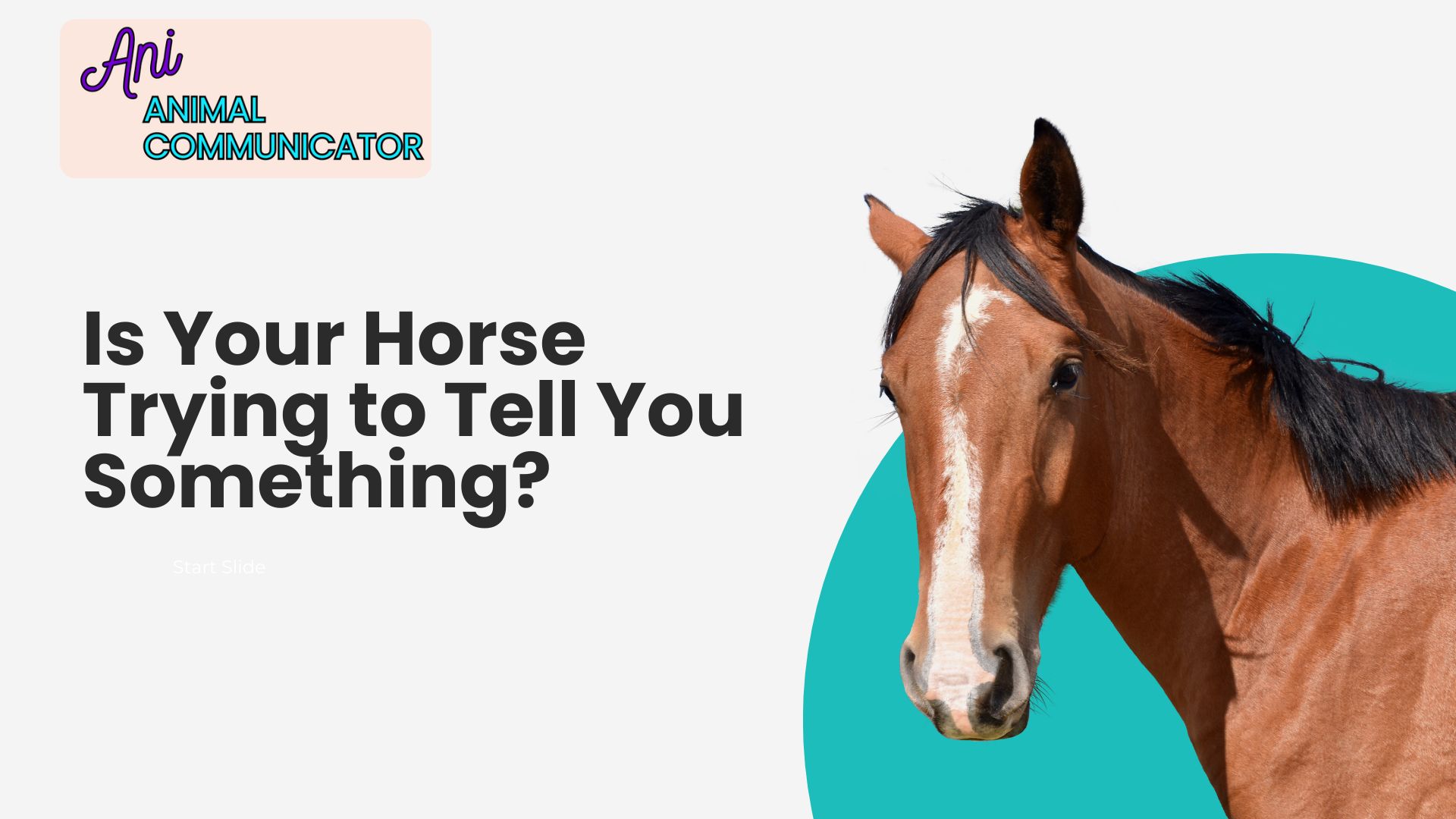When a horse begins to show signs of poor performance, behavioral changes, or resistance under saddle, most riders and trainers instinctively go into troubleshooting mode. They check saddle fit, evaluate nutrition, adjust training routines, and call in veterinarians or chiropractors. These are all important steps. But what happens when all the boxes are checked, yet the problem persists?
That’s when many equestrians begin to ask a deeper question: Is my horse trying to tell me something—and I’m just not hearing it?
This is where animal communication comes in. Far from being “woo-woo” or mystical, animal communication is a skillful, intentional process that allows us to tune in to what our horses are feeling emotionally, physically, and even spiritually. It bridges the gap between what we observe and what we understand, offering insights that traditional methods can miss.
When Physical Explanations Fall Short
It’s not uncommon for horse owners to invest in multiple vet checks, saddle fittings, and changes in feed or supplements, only to find that their horse is still:
– Refusing jumps they once cleared with ease
– Becoming girthy or hard to catch
– Showing signs of anxiety in familiar environments
– Becoming “numb” or unresponsive under saddle
These behaviors are often labeled as disobedience, laziness, or attitude problems. But what if they are really messages?
One of the most overlooked elements in equine care is the emotional and energetic well-being of the horse. Just like humans, horses experience stress, confusion, fear, grief, and even frustration. However, they don’t have the words to explain it. Instead, they speak through behavior—and sometimes, that behavior is misread or dismissed.
What Is Animal Communication?
Animal communication involves telepathic, intuitive listening. It’s the ability to connect with an animal’s thoughts, feelings, and experiences using intention, presence, and a calm energetic state. In a session, I quiet my mind, connect with the horse’s energy, and “listen” to what they share—sometimes through words, sometimes through images, emotions, or physical sensations.
It’s important to note that this is not a replacement for veterinary care or professional training. Instead, it’s an additional tool that often complements those traditional approaches. In fact, many of my clients come to me after they’ve exhausted all other options.
Real-Life Examples: The Messages Behind the Behavior
Let me share a few brief examples from past sessions (with names changed for privacy):
Bella, the Barrel Racer – Bella began refusing to enter the arena. The vet found nothing wrong, and her owner was devastated. During our session, Bella communicated that she was experiencing discomfort in her right hock and anxiety from being rushed in warm-ups. She also missed the longer trail rides she used to enjoy. Her owner adjusted her pre-race routine and added turnout time, and within weeks, Bella’s performance and mood improved.
Shadow, the School Horse – Shadow became increasingly shut down during lessons and started pinning his ears at new riders. Through our session, Shadow expressed that he felt overwhelmed by constant new energy and wasn’t getting enough time to reset between lessons. The barn implemented a lighter schedule and more solo downtime. Shadow began engaging again and became more relaxed and willing.
Luna, the Dressage Mare – Luna would suddenly bolt during specific movements, and no one could figure out why. In our session, she revealed a past injury associated with that movement and a fear that it would happen again. After some gentle retraining and bodywork, Luna was able to move forward without fear.
What Your Horse May Be Trying to Say
Here are some of the common insights horses have shared during sessions:
– “My saddle pinches me, but only on one side.”
– “I feel nervous because my rider’s energy is tense.”
– “I miss my old pasture mate.”
– “The trailer makes my stomach hurt.”
– “I want more time to connect with my human.”
These aren’t things you can find on an X-ray or solve with a new supplement. But they are real concerns—and once they’re acknowledged and addressed, horses often change almost immediately.
Beyond Behavior: Deepening the Bond
One of the most beautiful aspects of animal communication is how it strengthens the relationship between horse and rider. When a horse feels seen and heard, their trust deepens. They become more relaxed, more expressive, and often more willing.
It’s not just about fixing problems. It’s about creating a two-way relationship—where your horse knows they can communicate with you, and you are open to listening in new ways.
Is Animal Communication Right for You?
If you’ve tried all the traditional paths and still feel like your horse is trying to tell you something, you’re probably right.
Whether you’re dealing with a performance issue, sudden change in behavior, or simply want to understand your horse on a deeper level, an animal communication session may offer the clarity you’ve been seeking.
No matter the discipline—dressage, jumping, trail, barrel racing, or pleasure riding—every horse deserves to be heard. And sometimes, the answers aren’t found in more doing, but in deeper listening.
Ready to Hear What Your Horse Has to Say?
I’d be honored to help. You can book a session or learn more on Frequently Asked Questions page. Questions are always welcome—feel free to reach out.
Your horse may not speak your language, but they are speaking. Let’s find out what they’re saying.




